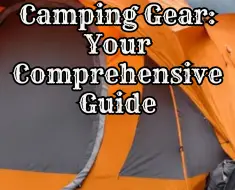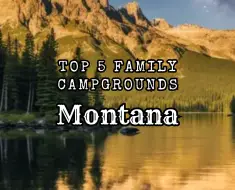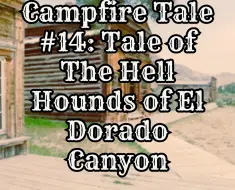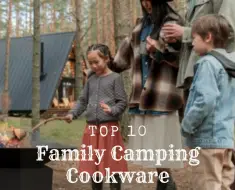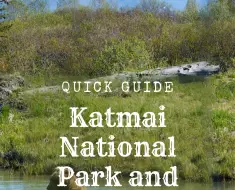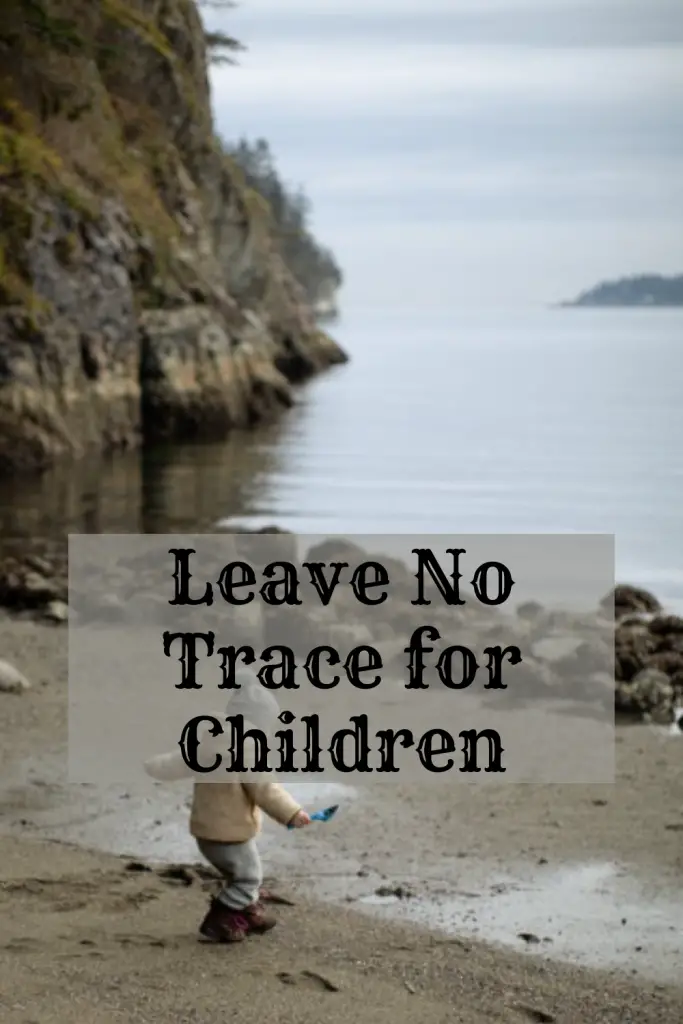
Camping and being outdoors are my favorite past times. I have shared this enjoyment of the outdoors with my children. Now we plan our camping trips together so that we can be sure to get the most out of it for each us. Unfortunately, we have noticed over time the complete lack of respect that we collectively have for our wild spaces. People, in general, do not have a good understanding of what it means to be stewards of our land. This likely stems from the fact that they did not have respect for our wild spaces instilled in them from a young age. Programs like the Girl Scouts and Boy Scouts tend to show the importance of protection. However, without some level of guiding principles children will not learn how to protect our lands.
So what is a parent to do? Well, teaching Leave No Trace principles will ensure that your outdoor kids cherish and protect our wild spaces.
It isn’t just Leave No Trace that is important, learn general camping etiquette as well!
Origins of Leave No Trace
The true start of the leave no trace movement can be pinned down exactly. Likely, there has always been some level of respect for natural spaces. Even from the very early days when people had to live off fo the land they likely knew that there was a need to protect resources. It is even more apparent today with globalization and a booming population.

However, in the 20th century, there was a shift to identify the ethics of wilderness protections. Outdoors people started actively trying to protect the environment and wild places. This was likely spurred on by the protection of federal lands in the National Park Service and the writings of John Muir. As time progressed though people realized more needed to be done.
Innovation brought new technologies. Those brought new dangers to wild spaces as we interacted with them. In the 1960s and 1970s people started being outdoors more for fun because of things like synthetic tents, reliable camp stoves, and tents. This spurred on commercial interests and a whole industry to cater to the needs of the camper. Federal agencies started to take note of degradation in the park and science showed the human impact on our environment more clearly. Private organizations were also developed such as the Leave No Trace Center for Outdoor Ethics and the Sierra Club.
By the 1990 a national education program of Leave No Trace was developed by the United States Forest Service in conjunction with other organizations. It was this public outreach that solidified the importance of protecting our wild spaces for future generations.
The Seven Leave No Trace Principles
Below are seven tips to encourage the kids in your life to practice Leave No Trace.
LEAVE NO TRACE SEVEN PRINCIPLES
- Plan Ahead and Prepare
- Travel and Camp on Durable Surfaces
- Dispose of Waste Properly
- Leave What You Find
- Minimize Campfire Impacts
- Respect Wildlife
- Be Considerate of Other Visitors
© Leave No Trace: www.LNT.org
Leave no Trace for Kids
Knowing the seven leave no trace guidelines is easy. You can have kids recite them and they will know them by heart. The harder part is figuring out how to get kids to follow them and actually implement them into their lives. Below is how I approach Leave No Trace with my own children. I have found that my children better understand and respond if I use language they understand. It is important to note that these are not official interpretations. If you would like more resources and support on Leave No Trace I highly recommend heading to www.LNT.org.
1. Know Before You Go

Planning a camping trip takes more than just picking a campsite or finding gear. Actually, it takes a lot of planning. Teaching your children the things to plan for before they even hit the trail is important. Reach out to your children and get their input. Teach them how to read weather forecasts, plan for the best clothing, and evaluate trails. However, try not to overwhelm them. Instead, use age-appropriate learning techniques that match their abilities. The more experienced they get the better they will become.

2. Be on Solid Ground
One of the most important aspects of Leave No trace is not destroying the natural environment. guideline number two speaks to not causing damage. Many kids see the wilderness as a wide-open space. However, even in wild areas we should try and stick to the marked trails and places that will cause the least amount of harm. For instance, you can easily show children what happens to vegetation right in your own backyard when you step on it. Staying on a trail, even a wildlife trail, will prevent vegetation from being trampled. You can also work with them so that they can see how to find already compacted areas for setting up a tent. Being on the solid ground prevents long-term damage.
3. Don’t Be Trashy

As a scout, we are always made to pick up the campsite by forming a line and scanning the ground. This is an easy task to institute with kids and it makes it a family chore. I cannot tell you how many campsites I have rolled into with trash on the ground. It upsets me because everyone has five minutes to walk their site and pick up trash. So get your children thinking about how trash can accumulate quickly. Show them the responsibility we have by playing I spy with them out on the trail. It is a nasty treasure hunt sometimes, but I have even instituted a twenty-five-cent reward for any trash my children find on the trail. I have them point it out and I pick it up.

4. Respect Wildlife
I am not sure about your children but mine have loved animals since the day they were born. Sure it started as dinosaurs. However, it has now moved beyond family pets to marine life, lions, tigers, and bears. Heck, they even watch live streams from zoos. They are just naturally fascinated by animals and want to be close to them. We need to help them understand how close is safe for animals. The best rule of thumb (you will get my pun in a second) is to have them hold their arm up and give a thumbs up to the animal. Then have them close one eye and look at that thumb. If the animal is covered then they are far enough away. Plus they will be telling the animal how much they like them!
5. Be Careful with Fire
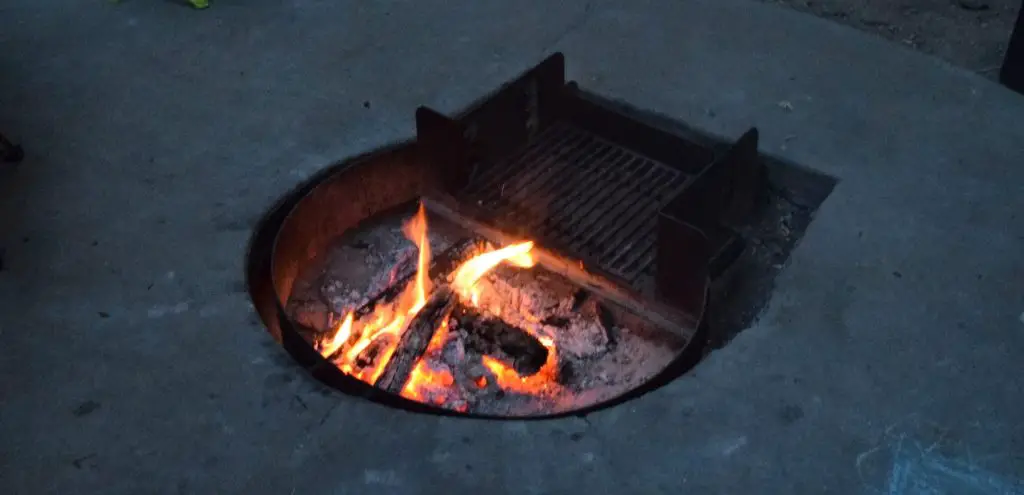
Fire safety is a must when you are camping. This goes just as much for adults as for children. Beyond just the actual safety of the campfire though Leave No Trace guidelines to help to show the importance of only taking downed and dried limbs. So make a game out of the collection so that they start to learn what to pick up and what to leave. Try to use teams if you have enough people or make it a simple scavenger hunt. As you search for tinder and kindling explain that larger firewood may not turn to ash which would hinder the decomposition process. When the game is over remember to only build your fire in designated areas so as not to damage new wild spaces.
Check out these additional fire safety tips!
6. Leave What You Find

Growing up I always heard the saying “Leave only footprints, and take only pictures.” I have tried to remind my own children of this. It can be difficult though when find a neat stone along the path or a seashell on the shore. Luckily the National Park Rangers always remind children of this in their Junior Ranger programs so having a secondary reinforcement helps! If possible give your children a camera to record their journeys. You can help them make a photo collage when they get home to always remember their trip. Better yet, teach them to journal their adventure too. This will provide a way to help them learn to express what they feel when they take that photo.
7. Be Kind to Others

Nature is for everyone. The outdoors are inclusive and no one should feel left out. Honestly, this should be the case everywhere, and it saddens me that it is not. For children, they are likely going to come in contact with others from varying backgrounds while exploring a campground. Summertime friends around a campfire or hiking on a trail can be so rewarding. So teach them the importance of giving everyone a chance and just being in the moment to make new friends and explore a different perspective. Encourage your kids to welcome (safely of course) new friends politely as they share in the collective outdoor experience.
Final Thoughts on Leave No Trace For Children
While the seven principles of Leave No Trace are provided to help guide us in protecting our natural environment, they may not be easily understood by children. However, by framing the discussion in ways they can understand, then we can make good future stewards of the environment. That is really what it is all about. Teaching children that we have a responsibility to protect and conserve. In doing so, we will allow future generations to use and enjoy the rugged beauty the Earth has to offer. Remember that they may not understand right away but consistency is key. Try gamifying each step. You are likely going to find that you learn new things as well. Most importantly though enjoy the outdoors with your family and build memories that will carry your children to a responsible future of protecting the environment.
Do you have a fun or unique way to teach Leave No Trace to your children? Tell us in the comments below or in our Facebook and Reddit communities!

